Disclosure: This article contains affiliate links. We may earn a commission from purchases at no extra cost to you, which helps our travel content.
There's something almost mystical about Yellowstone National Park in winter that you simply can't experience during the crowded summer months. The steam from geothermal features rises dramatically against the crisp white landscape, wildlife tracks tell stories in fresh snow, and the usual crowds? Virtually non-existent. After years of visiting Yellowstone with my kids during peak season, I finally experienced this winter wonderland on a couples' getaway last January—and let me tell you, it completely transformed my relationship with this iconic national park. Trading my usual family-friendly itinerary for an adrenaline-pumping snowmobile adventure and intimate wolf tracking expedition reminded me that sometimes the most profound wilderness experiences happen when you step outside your comfort zone (and typical travel patterns). If you're looking to reconnect with your partner while experiencing raw, untamed nature at its most magnificent, West Yellowstone in winter isn't just an option—it's the gold standard.
Planning Your Winter Yellowstone Escape
Let's be honest—planning a winter adventure in Yellowstone requires significantly more preparation than a summer road trip. The park's interior roads close to regular vehicles from early November through mid-April, transforming this iconic landscape into a snowmobile and snowcoach paradise.
I recommend booking accommodations in West Yellowstone, Montana as your base camp. This charming gateway town offers the perfect blend of rustic luxury and convenient access to the park's western entrance. For our trip, my partner and I splurged on a cabin at Explorer Cabins at Yellowstone, which provided the perfect balance of wilderness immersion with creature comforts (those in-room fireplaces are a godsend after a day in sub-zero temperatures).
Because winter access is strictly limited, you'll need to reserve your snowmobile permits and guided tours well in advance—we're talking 6-12 months out for prime winter dates. The National Park Service only allows a certain number of snowmobiles into the park each day, all of which must be part of guided tours and meet strict environmental standards.
Packing properly is non-negotiable. While most tour operators provide insulated suits and boots, I highly recommend investing in quality base layers. My merino wool thermals were absolute lifesavers during our wolf tracking expeditions at dawn when temperatures hovered around -10°F. Remember, there's no such thing as bad weather, just inadequate clothing!
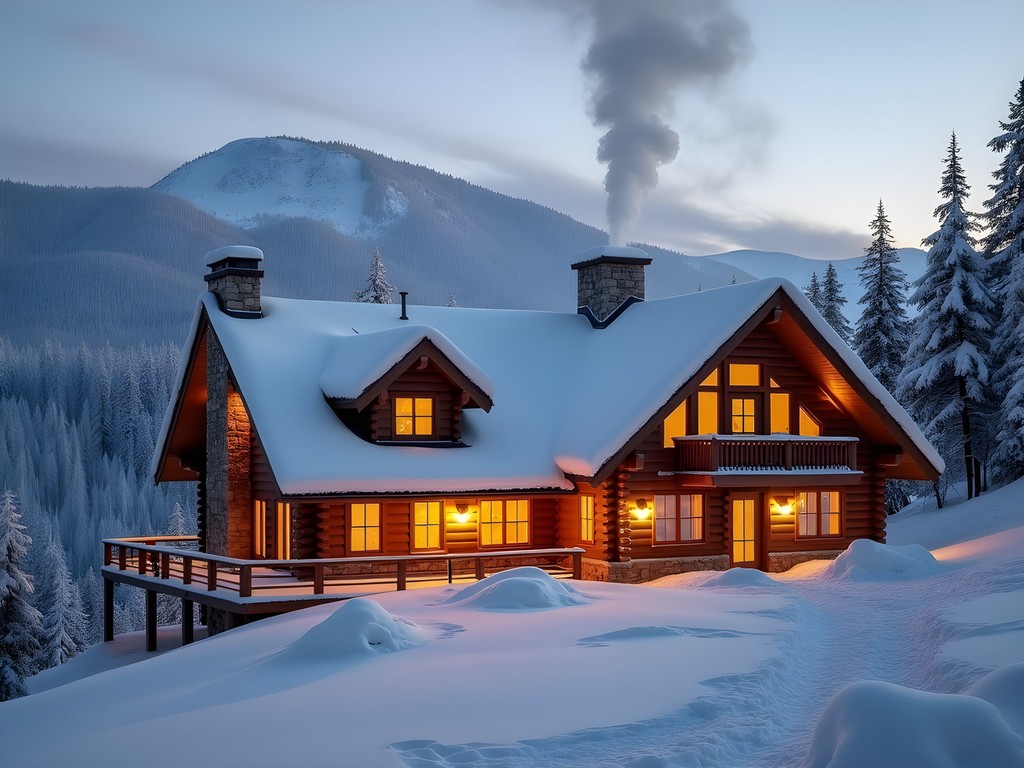
💡 Pro Tips
- Book accommodations and snowmobile tours at least 6 months in advance for peak winter dates (December-February)
- Download offline maps as cell service is virtually non-existent throughout most of the park
- Pack hand and toe warmers in bulk—you'll go through them faster than you expect
The Snowmobile Adventure: Accessing Yellowstone's Winter Wonderland
There's something undeniably thrilling about the moment you first fire up your snowmobile and prepare to enter Yellowstone's winter sanctuary. The rumble beneath you, the crisp air filling your lungs, and the endless white landscape stretching before you—it's intoxicating.
For our adventure, we booked a guided backcountry snowmobile tour with a company that specializes in small-group experiences. While the standard snowmobile routes through Yellowstone are magnificent, opting for a specialized backcountry guide allows access to less-traveled areas where the true magic happens. Our guide, a former wildlife biologist with 20+ years of Yellowstone experience, took us through powder-filled meadows and along frozen riverbeds that few visitors ever witness.
The modern snowmobiles used for park tours are remarkably easy to handle, even for beginners. They're also surprisingly quiet and environmentally friendly—a far cry from the noisy two-stroke engines of yesteryear. After a quick orientation, even my partner (who had never operated a snowmobile before) was navigating the terrain with confidence.
One morning, we snowmobiled to the Grand Canyon of the Yellowstone just as the sun was rising. The sight of those massive, snow-draped waterfalls with steam rising through golden light was nothing short of spiritual. We had the entire viewpoint to ourselves for nearly an hour—an experience utterly impossible during summer months when hundreds of visitors crowd the railings.
While most rental gear is adequate, I found having my own balaclava made a world of difference in comfort. It prevented the dreaded fogging of goggles that can plague winter adventures while keeping my face protected from windburn as we zipped across open meadows at 35mph.
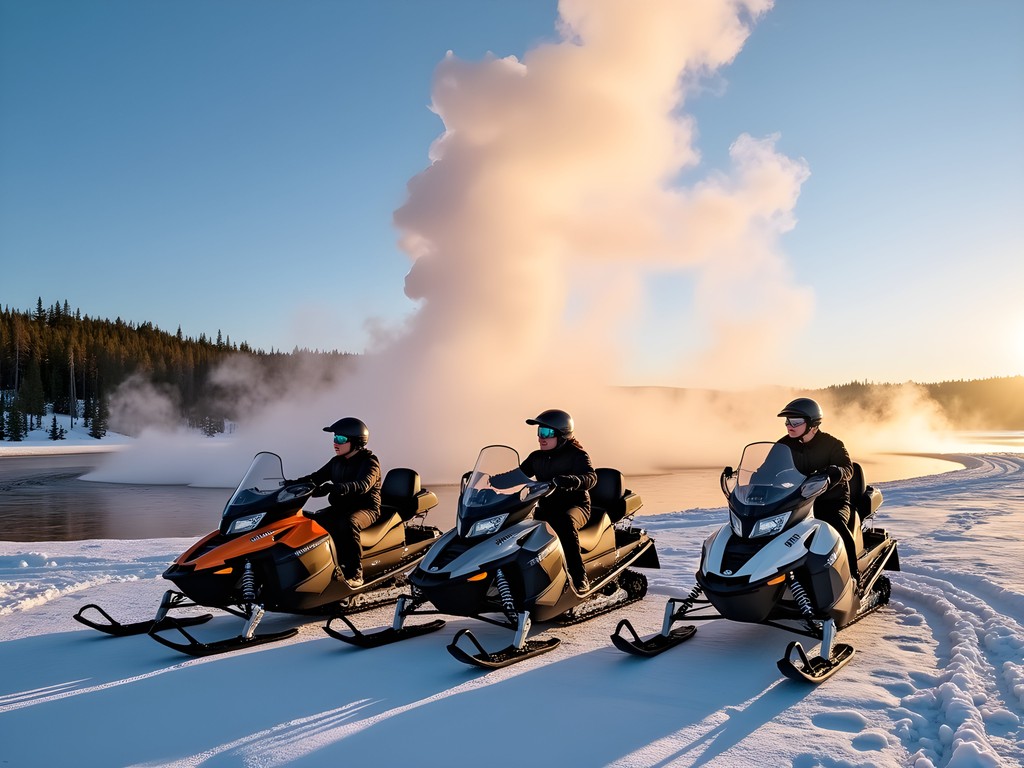
💡 Pro Tips
- Request a snowmobile with hand warmers built into the handlebars—absolute game-changers for comfort
- Book a private or small-group tour (max 6 people) for a more personalized experience
- Practice controlling your snowmobile in the staging area before heading into the park—confidence makes the experience more enjoyable
Wolf Tracking: The Crown Jewel of Winter Wildlife Experiences
If snowmobiling provides the adrenaline rush of your Yellowstone winter adventure, wolf tracking delivers its soul-stirring counterpoint. The Lamar Valley—often called America's Serengeti—transforms in winter into the premier wolf-watching destination on the continent.
For this once-in-a-lifetime experience, we invested in a specialized 3-day wolf tracking expedition with a naturalist guide. While not inexpensive (expect to pay $500-700 per person), the intimacy of the experience and expertise provided is absolutely worth every penny.
Our days began well before dawn. Bundled in multiple layers, we'd depart our lodging at 5:30 AM, traveling by specialized snow coach to reach prime viewing locations by first light. Our guide provided each couple with a pair of spotting scope, essential equipment for observing wolves at a distance that respects their natural behavior.
The first morning delivered what our guide called a 'National Geographic moment'—the Junction Butte pack of 11 wolves surrounding a bull elk on a distant ridge. Through our spotting scopes, we watched this primal drama unfold over nearly two hours. The strategic coordination between pack members was astonishing, revealing complex social behaviors rarely witnessed by human eyes.
Beyond wolves, winter reveals Yellowstone's other residents with surprising clarity. Tracks in the snow tell stories invisible during summer months. We followed moose trails through willowy thickets, spotted river otters playing along partially frozen streams, and watched golden eagles soaring above the valleys.
One unexpected highlight came during our final tracking day. Our guide recognized unusual raven behavior—what he called 'food-finding calls'—and redirected our group. Following these ebony messengers led us to a hillside where a wolf pack had taken down an elk the previous night. From a respectful distance, we observed two grizzlies (rare to see in winter) who had claimed the carcass, while coyotes and foxes patrolled the perimeter hoping for scraps. This natural recycling system, this perfect wilderness choreography, unfolded before us like a sacred ceremony.
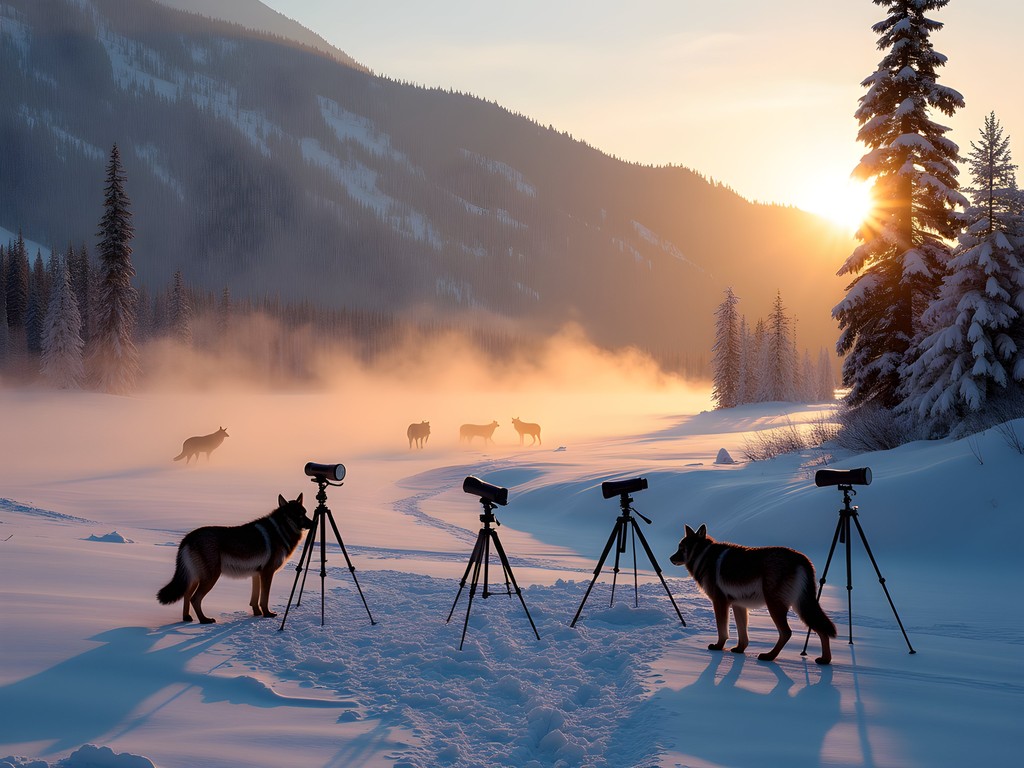
💡 Pro Tips
- Book specialized wolf tracking tours with naturalist guides who know the territories and behaviors of specific packs
- Invest in or rent high-quality optics—wolves are typically viewed from considerable distances
- Bring a thermos of hot drinks and high-energy snacks for long mornings in the field
Thermal Features: Nature's Winter Masterpieces
While Yellowstone's geothermal features draw crowds year-round, experiencing them in winter elevates the encounter from interesting to otherworldly. The stark contrast between steaming pools and snow-draped landscapes creates scenes so surreal they defy adequate description.
Our guided snowmobile tour included stops at several geyser basins, but we arranged a separate snow coach tour specifically focused on photography at the major thermal areas. This allowed us ample time to witness Old Faithful without rushing, plus explore the more intricate features of the Upper Geyser Basin.
The boardwalks around thermal features, while maintained in winter, become magical snow-covered pathways. Without summer crowds, you can linger at each pool and geyser, watching the interplay of steam, mineral-rich water, and winter light. Morning visits are particularly spectacular as the rising sun catches in columns of steam, creating rainbow prisms that dance above the features.
One experience I particularly recommend is visiting Norris Geyser Basin—the hottest and most dynamic thermal area in the park. In winter, the extreme temperature differential between the 199°F water and sub-zero air creates massive steam clouds that envelop you in a primordial mist. Walking through these ethereal clouds while colorful bacterial mats glow beneath partially frozen runoff channels feels like exploring an alien planet.
For photography enthusiasts, winter thermal features present unique challenges and rewards. The extreme contrast between bright steam and snow versus dark water requires careful exposure management. I found my camera gloves essential for operating my camera controls while keeping fingers functional in the bitter cold. Pro tip: bring multiple lens cloths, as the constant transition between steamy environments and cold air creates persistent condensation issues.
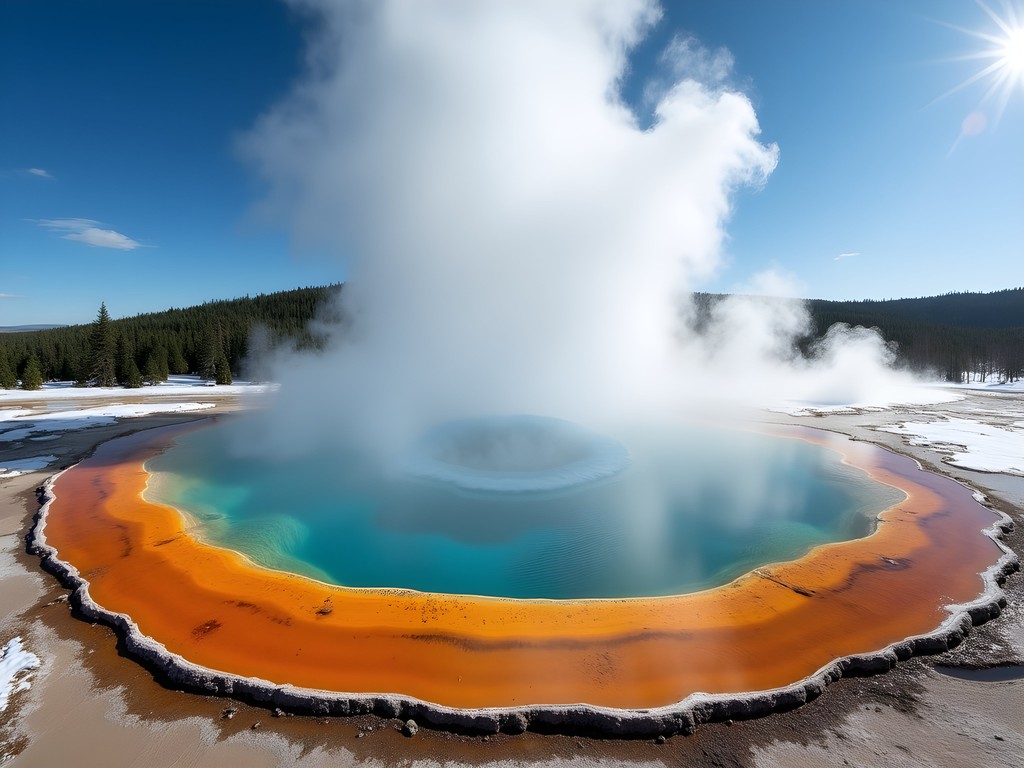
💡 Pro Tips
- Visit thermal areas early morning or late afternoon when light angles create the most dramatic steam effects
- Keep cameras inside your jacket between shots to prevent battery drain in extreme cold
- Pack microfiber cloths in ziplock bags to keep them dry for wiping condensation from lenses
Luxury Winter Retreats: Where to Stay & Unwind
After full days of adventuring in sub-zero temperatures, having a luxurious retreat to return to isn't just nice—it's essential. While I typically lean toward budget-friendly accommodations in my family travels, a winter Yellowstone adventure is where I recommend strategic splurging.
We divided our week-long trip between two distinct lodging experiences. First, we spent four nights at Explorer Cabins at Yellowstone in West Yellowstone, which provided the perfect blend of privacy and amenities. Our deluxe cabin featured a kitchenette, fireplace, and outdoor hot tub—absolute bliss for soaking trail-worn muscles beneath starry Montana skies. The property's complimentary snowshoe rentals allowed for spontaneous evening explorations right from our doorstep.
For our final three nights, we moved to the legendary Old Faithful Snow Lodge—the only in-park accommodation open during deep winter. Accessible only via snowcoach, staying here feels like joining an exclusive wilderness club. The historic timber lodge with its massive stone fireplace becomes the heart of a small winter community of adventurers. Evenings feature ranger talks, and the dining room serves surprisingly sophisticated cuisine featuring local game and produce.
One unexpected luxury we discovered was booking a private soak at Chico Hot Springs Resort, about 90 minutes from West Yellowstone. After our intensive wolf tracking expedition, we reserved their private poolside suite with direct access to the mineral hot springs. Slipping from our private patio into 104°F natural waters while snowflakes drifted down around us was the epitome of winter indulgence.
For couples seeking the ultimate romantic winter experience, I highly recommend arranging a private stargazing experience with one of the local astronomy guides. Yellowstone's winter skies, unaffected by light pollution and clarified by cold air, reveal celestial details rarely visible elsewhere. Our guide brought a professional telescope and hot cocoa to a secluded viewpoint, where we observed nebulae, planets, and star clusters while cuddled under heavy blankets—a memory we still treasure years later.

💡 Pro Tips
- Request rooms or cabins with fireplaces—they transform the ambiance after cold days outdoors
- Book dinner reservations well in advance, as winter dining options are limited and fill quickly
- Pack luxurious loungewear and slippers—you'll want comfortable options for cozy evenings in
Final Thoughts
As our snowcoach pulled away from Old Faithful Snow Lodge on our final morning, I found myself unexpectedly emotional. This wasn't the Yellowstone I'd known from summer family trips—this was something far more profound, more intimate. Winter strips the park to its essence, revealing its soul to those willing to brave the elements. The experience of tracking wolves through pristine valleys, of hearing nothing but your own heartbeat as you watch steam rise from thermal features, of carving fresh tracks through powder fields—these moments forge connections not just with the wilderness, but with yourself and your partner. Yes, a winter trip to Yellowstone requires more planning, more specialized gear, and a bigger budget than its summer counterpart. But what you receive in return—solitude, authenticity, and raw natural beauty—is simply priceless. If you're seeking an adventure that balances luxury with wilderness immersion, that challenges and rewards in equal measure, West Yellowstone in winter isn't just waiting for you—it's calling.
✨ Key Takeaways
- Winter transforms Yellowstone from a crowded tourist destination into an intimate wilderness experience perfect for couples seeking adventure and connection
- Guided snowmobile tours and wolf tracking expeditions provide access to experiences impossible during summer months
- Strategic splurging on accommodations creates the perfect balance of adventure and comfort
- Advanced planning (6-12 months) is essential for securing permits, accommodations, and specialized guides
📋 Practical Information
Best Time to Visit
Mid-January through early March for optimal snow conditions and wildlife activity
Budget Estimate
$5,000-$7,500 per couple for a week including luxury accommodations, guided tours, and equipment rentals
Recommended Duration
6-8 days minimum to experience diverse activities and areas
Difficulty Level
Challenging - Requires Good Physical Condition And Comfort With Extreme Cold Conditions
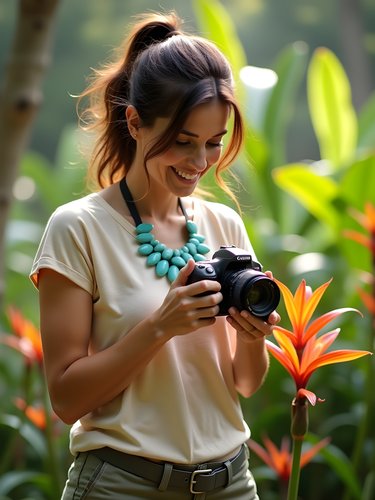








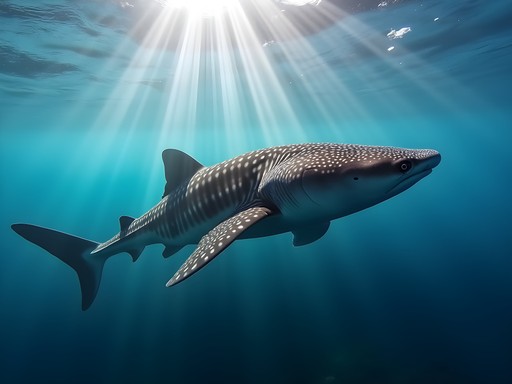
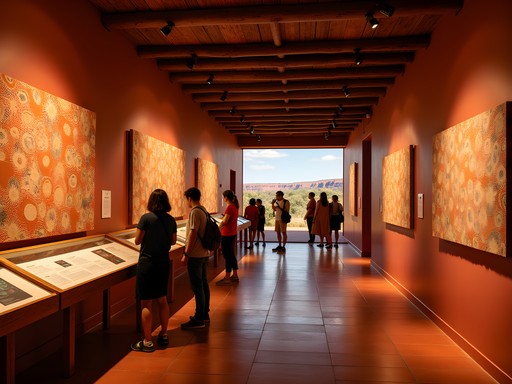
Comments
journeyadventurer504
I've been dreaming about doing this! Did you feel the snowmobiling was beginner-friendly? I've never done it before but really want to experience Yellowstone this way.
Stephanie Romano
Absolutely! The guided tours are perfect for beginners. The snowmobiles are really stable and they give you a full orientation before heading out. Just be prepared for some sore muscles the next day!
sunsetwanderer
Those wolf photos are INCREDIBLE! How did you manage to get such clear shots in the snow?
Stephanie Romano
Thanks! I used a telephoto lens with image stabilization and kept my batteries warm in an inner pocket until needed. The guides also helped position us in good spots!
freephotographer
Winter wildlife photography is tricky! I've found using my camera hand warmer wrapped around spare batteries is essential. Also, a good tripod makes all the difference for those long-distance wolf shots. The light reflection off the snow can be challenging but gives amazing results when you get it right!
Bryce Diaz
This brings back so many memories! I did a similar trip two winters ago, and the wolf tracking was definitely the highlight. We had an incredible guide from Yellowstone Wolf Tracker who knew exactly where to position us at dawn. We watched a pack of 7 wolves take down an elk about half a mile away through spotting scopes. It was both brutal and beautiful - nature in its rawest form. One tip I'd add: bring a thermos of something hot for those early morning wildlife stakeouts. Standing still in sub-zero temps is no joke, even with good gear!
wanderace567
This looks amazing! How cold was it actually? And did you need any special gear for the snowmobiling part?
Stephanie Romano
It was pretty cold - around 5-15°F during the day, but the snowmobile rentals come with heated handlebars and seats! I'd definitely recommend bringing serious winter gear though - thermal layers, insulated snow pants, and a good face mask/balaclava are absolute musts.
wanderace567
Thanks for the info! Adding those items to my packing list now!
luckylife
Wow! I've only been to Yellowstone in summer but this winter experience looks absolutely magical! The steam rising from the thermal features with all that snow around must be incredible to see in person.
roambackpacker
Just returned from doing this exact trip last week! The wolf tracking was incredible - we saw the Wapiti Lake pack with new pups. One thing to add: the snowmobile guides really make or break the experience. Our guide John was a retired biologist who could spot wildlife I would have completely missed. Worth requesting someone with wildlife knowledge if that's your priority.
wanderlustclimber
That's such a good tip about requesting guides with wildlife knowledge! Did you need to do that when booking or can you request once you arrive?
roambackpacker
Definitely request when booking! I called after making my online reservation to specifically ask for a wildlife-focused guide. They were super accommodating.
Marco Flores
This post brought back so many memories! I did a similar trip last February, though we stayed at the Snow Lodge for three nights. The silence of Yellowstone in winter is something I'll never forget - just the crunch of snow and occasional geysers hissing. For anyone planning this trip, I'd add that the morning snowmobile rides are coldest but offer the best wildlife viewing. We saw a fox hunting in fresh snow near Madison, diving headfirst into drifts! One tip: the thermal areas create crazy fog that can freeze on your camera. I kept mine inside my jacket between shots.
dreamchamp
OMG those wolf photos are INCREDIBLE!!! 😍 How close were you? I've always wanted to see wolves in the wild!
Stephanie Romano
Thank you! We were actually quite far - these were taken with a telephoto lens. Our guide spotted them from about 800 yards with a spotting scope, then I used my 600mm lens with a 1.4x teleconverter. The wolves in Lamar Valley are monitored but still very much wild animals, so distance is important!
Marco Flores
Those telephoto shots are impressive! I visited Yellowstone last winter and spent three freezing mornings in Lamar Valley before finally seeing the Junction Butte pack. Worth every minute of standing in -15°F temperatures! I found that bringing my spotting scope made all the difference - the guides appreciated that I had my own gear too.
wanderlustclimber
This looks amazing! Did you need to book the snowmobile tours far in advance? Planning a trip for January and wondering about logistics.
Stephanie Romano
Yes, definitely book at least 3-4 months ahead! The guided tours through the west entrance fill up quickly, especially during holiday periods. I used Yellowstone Vacation Tours and was really happy with them.
wanderlustclimber
Thanks so much for the quick response! Will book this weekend then. Can't wait!
Savannah Walker
This post couldn't have come at a better time! I'm finalizing my December Yellowstone itinerary now. Last winter I did Grand Teton but missed Yellowstone, and I've been regretting it ever since. For anyone planning a winter trip, I'd add that the snowcoach is a fantastic alternative if you're not comfortable with snowmobiling. It's heated and you still get amazing access to the interior of the park. One thing I'm curious about - how were the crowds in winter? I've heard it's practically empty compared to summer, which sounds heavenly for wildlife photography. I invested in some serious cold-weather gear last year - my hand warmers were absolute lifesavers during dawn wildlife watches. Already packed for this trip!
hikingguy
Thanks for the snowcoach tip! My wife might prefer that option. Did you find it limiting for wildlife viewing compared to snowmobiles?
Savannah Walker
Not at all! The guides communicate with each other about wildlife sightings, and they'll stop whenever something interesting is spotted. Plus you can actually keep your camera ready instead of focusing on driving a snowmobile!
Venture X
Premium card with 2X miles, $300 travel credit, Priority Pass